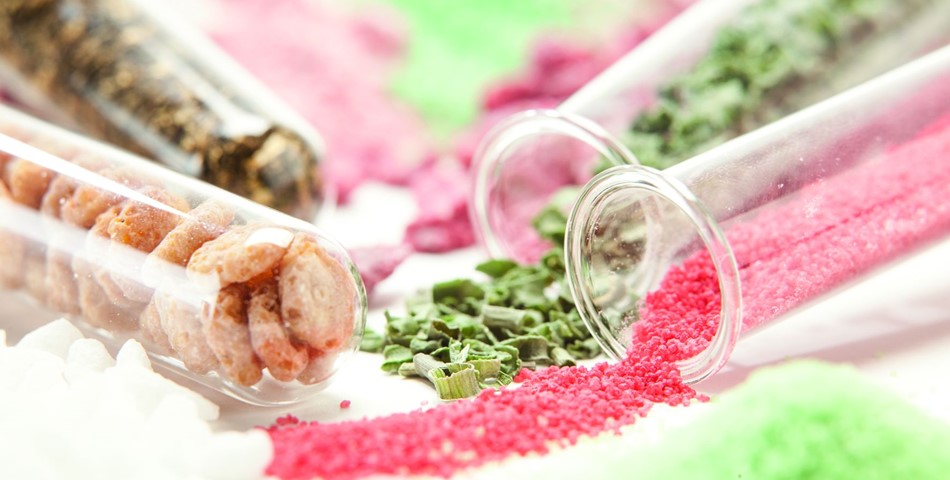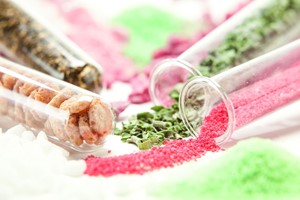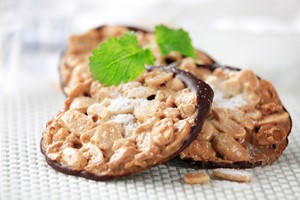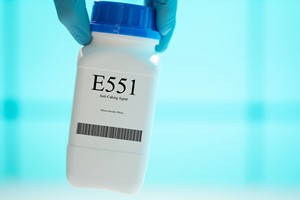When using food and beverage systems to deliver active ingredients, whether it's an acid, sugar, salt or effervescent powder, it's crucial that they're released at the right time and in the right place.
Microencapsulation helps to protect raw materials from external influences, controls their interaction with the environment and ensures effective delivery. To achieve this, RAPS GmbH & Co. KG uses two modern processes to refine their ingredients: fluidized bed and air flow bed technology. Deciding which technique to use depends on a number of factors, including the raw material, the application and the required quality of the end product.
From sweet and sour jelly beans to soft white bread or functional food products, microencapsulation can be used to optimize both the properties of raw materials and the end product. Using this technology improves the durability and handling of raw materials and means that either solid or liquid active ingredients can be customized to improve their technological properties.
A functional coating, for example, protects vitamins from oxidation or prevents colors from bleeding. At the same time, microencapsulation helps to control the release of active ingredients, ensuring that, for example, amino acids or probiotic cultures pass safely through the stomach to reach the small intestine intact. To give another example, hygroscopic sugars bind less water from environmental air when they're encapsulated.














